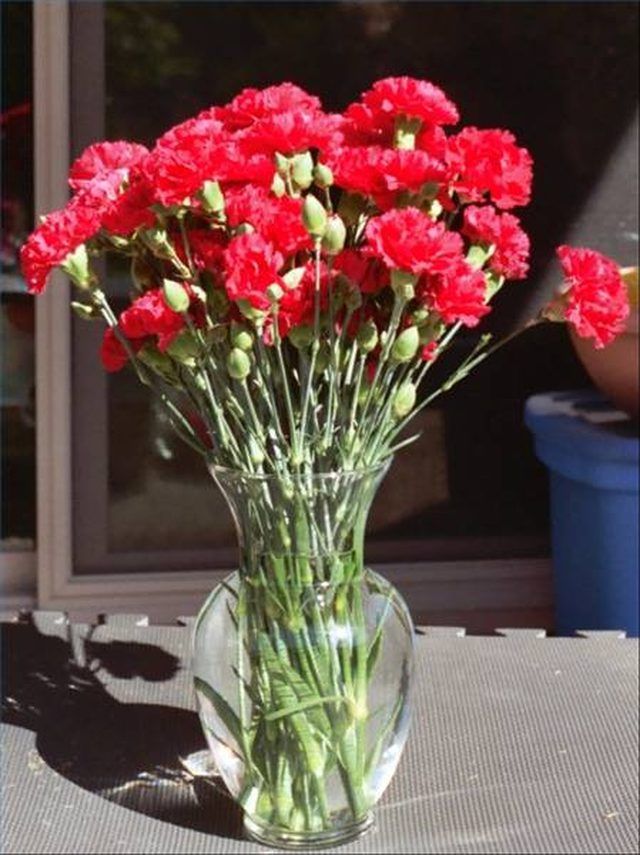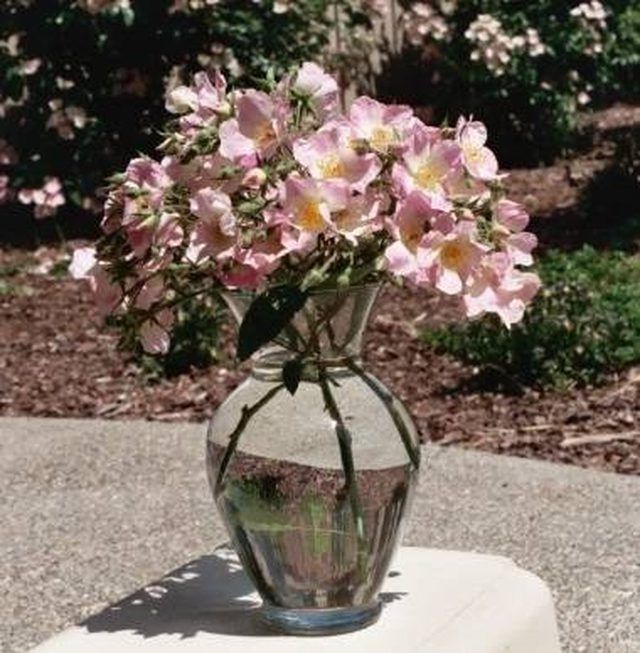Bulbs
Flower Basics
Flower Beds & Specialty Gardens
Flower Garden
Garden Furniture
Garden Gnomes
Garden Seeds
Garden Sheds
Garden Statues
Garden Tools & Supplies
Gardening Basics
Green & Organic
Groundcovers & Vines
Growing Annuals
Growing Basil
Growing Beans
Growing Berries
Growing Blueberries
Growing Cactus
Growing Corn
Growing Cotton
Growing Edibles
Growing Flowers
Growing Garlic
Growing Grapes
Growing Grass
Growing Herbs
Growing Jasmine
Growing Mint
Growing Mushrooms
Orchids
Growing Peanuts
Growing Perennials
Growing Plants
Growing Rosemary
Growing Roses
Growing Strawberries
Growing Sunflowers
Growing Thyme
Growing Tomatoes
Growing Tulips
Growing Vegetables
Herb Basics
Herb Garden
Indoor Growing
Landscaping Basics
Landscaping Patios
Landscaping Plants
Landscaping Shrubs
Landscaping Trees
Landscaping Walks & Pathways
Lawn Basics
Lawn Maintenance
Lawn Mowers
Lawn Ornaments
Lawn Planting
Lawn Tools
Outdoor Growing
Overall Landscape Planning
Pests, Weeds & Problems
Plant Basics
Rock Garden
Rose Garden
Shrubs
Soil
Specialty Gardens
Trees
Vegetable Garden
Yard Maintenance
Does Sugar Prolong the Life of Cut Flowers?
Does Sugar Prolong the Life of Cut Flowers?. Many cut flowers live longer when sugar is added to their water. Flowers get food from the plant on which they grow. When they are harvested or cut from this plant, they lose their natural food source. Flowers are cut before they are fully mature so that they have a longer bloom life. The cut flowers use...

How Sugar Helps Cut Flowers
Many cut flowers live longer when sugar is added to their water. Flowers get food from the plant on which they grow. When they are harvested or cut from this plant, they lose their natural food source. Flowers are cut before they are fully mature so that they have a longer bloom life. The cut flowers use food stored in the stems and leaves to stay fresh and continue blooming. If they do not get enough food, the leaves and flowers wilt. Young buds may not fully open. Food can be added by mixing sugar in the vase water. The dissolved sugar is absorbed through the cut stem and used by the flower.
Sugar Solutions for Cut Flowers
Most cut flowers benefit from a 2 percent sugar solution in the vase. Some flowers should not have sugar or should have a lower amount of sugar. Others can benefit from a higher amount of sugar in the water. A 2 percent solution is about 4 level tsps. of sugar dissolved in 1 qt. of water. Sugar is usually not recommended for daffodils, marguerite daisies and tulips. For many other flowers such as snapdragons and balloon flowers, the right sugar mix doubles the life of cut flowers.

Other Ingredients for Cut Flowers
Sugar and other ingredients are often combined to help prolong the freshness of flowers. Sugar encourages the growth of microorganisms that are harmful to flowers. Adding a biocide to kill these biological organisms is helpful. Household bleach is a common biocide. Citric acid is sometimes added to help prevent wilting. Lemon and lime juice contain citric acid and are often added in small amounts.
Using Flower Preservatives
Commercial flower fresheners are usually powdered formulas that are stirred into vase water. These are available at garden centers, florists and cut-flower vendors. Purdue University and other floriculture advisers offer homemade recipes. A typical home recipe is 2 cups lemon-lime carbonated beverage, 2 cups water and ? teaspoon household chlorine bleach. Another recipe is 1 qt. water mixed with 2 tbsp. fresh lemon juice and 1 tbsp. sugar. A vinegar recipe includes 1 qt. water mixed with 2 tbsp. white vinegar and 2 tbsp. sugar. These flower fresheners should be changed every day or two. When the water is cloudy, it should be replaced with fresh solution. The proper sugar solution measurably prolongs the color and beauty of cut flowers.
